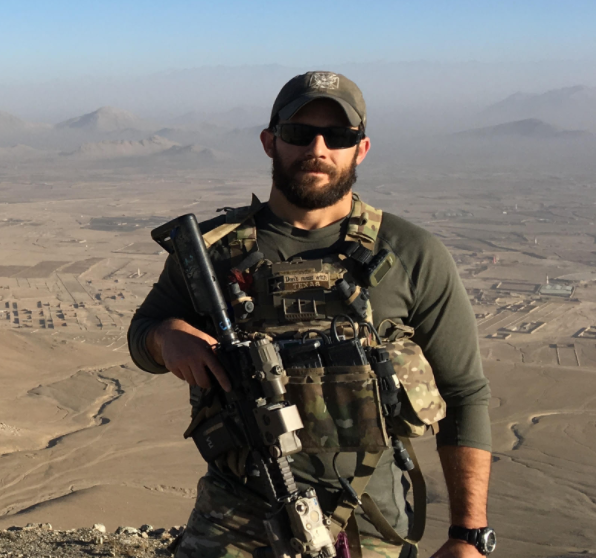Strengthening Safety and Preparedness at Religious Schools
- paidionshield
- Aug 12
- 2 min read
Updated: Sep 4
The tragic mass shooting at Annunciation Catholic School in Minneapolis on August 27, 2025, serves as a sobering reminder of the vulnerabilities that religious-based schools face. During a school-wide Mass, a gunman—armed with multiple legally acquired firearms—opened fire through the stained-glass windows, killing two children and injuring over twenty others before taking his own life WikipediaThe Washington Post.
Building a Secure Yet Welcoming Environment
Religious schools often balance openness with a welcoming atmosphere and increased security needs. At Annunciation, regular lockdown drills, locked doors during Mass, and emergency response practices were already in place—made evident as students and staff quickly sheltered under pews, exemplifying courage and training. The school's "buddy system," which pairs older and younger students, played a critical role in minimizing harm, as middle schoolers shielded their younger peers during the attack ABC17NEWSNew York PostThe Christian Science Monitor.
While these efforts are commendable, the incident has prompted broader reflection on systemic preparedness strategies. Experts recommend a combination of physical hardening—such as advanced window and entry protections—with technology-driven solutions like security camera analytics and panic alarms to detect threats early while preserving a welcoming environment The Christian Science MonitorABC17NEWS.
Addressing Missed Opportunities for Support
The shooting also exposed gaps in funding and proactive planning. In both 2022 and 2023, Minnesota Catholic leaders appealed to state lawmakers to allocate security grants to nonpublic schools—but their proposals were declined, even while the state budget experienced a historic surplus Catholic News AgencyThe Christian Science Monitor. Meanwhile, federal grant programs like the Nonprofit Security Grant Program continue to exist, but competition is fierce, and funding remains limited The Washington Post.
The Path Forward: Comprehensive Training and Cyber Detection
To move forward, religious schools must invest comprehensively in security and preparedness. This includes:
Physical safeguards: secure entry points, reinforced windows and doors, and well-designed evacuation and lockdown protocols.
Technological tools: early-warning camera systems, silent alarms, and threat-monitoring technology that respects both safety and a welcoming atmosphere.
Behavioral threat detection: anonymous tip lines and community training to recognize and report concerning behavior before it escalates.
Regular, realistic drills: ensuring staff and students can respond swiftly without panic, as demonstrated during the Annunciation tragedy.
In this context, Paidion Shield emerges as a timely and relevant solution. Designed specifically for moments like this, Paidion Shield offers access to trained experts in security, training, and cyber threat detection—all tailored to religious school environments. With Paidion Shield, places like Annunciation Catholic School can access resources that transform them from “soft targets” into fortified, prepared communities.
For those who want to delve deeper into the motivations behind the shooting and its broader implications, this analysis provides valuable insight:https://open.substack.com/pub/k12ssdb/p/what-were-the-motives‑of‑the‑minneapolis?utm_campaign=post&utm_medium=email

Why This Matters
By combining physical protection, behavioral awareness, proactive funding, and expert support like Paidion Shield, religious schools can ensure their sanctuaries remain safe spaces, not only for worship and learning, but also for healing and growth. The Annunciation tragedy reminds us that thoughtfulness, vigilance, and community care must guide our response, not reaction alone.



Comments